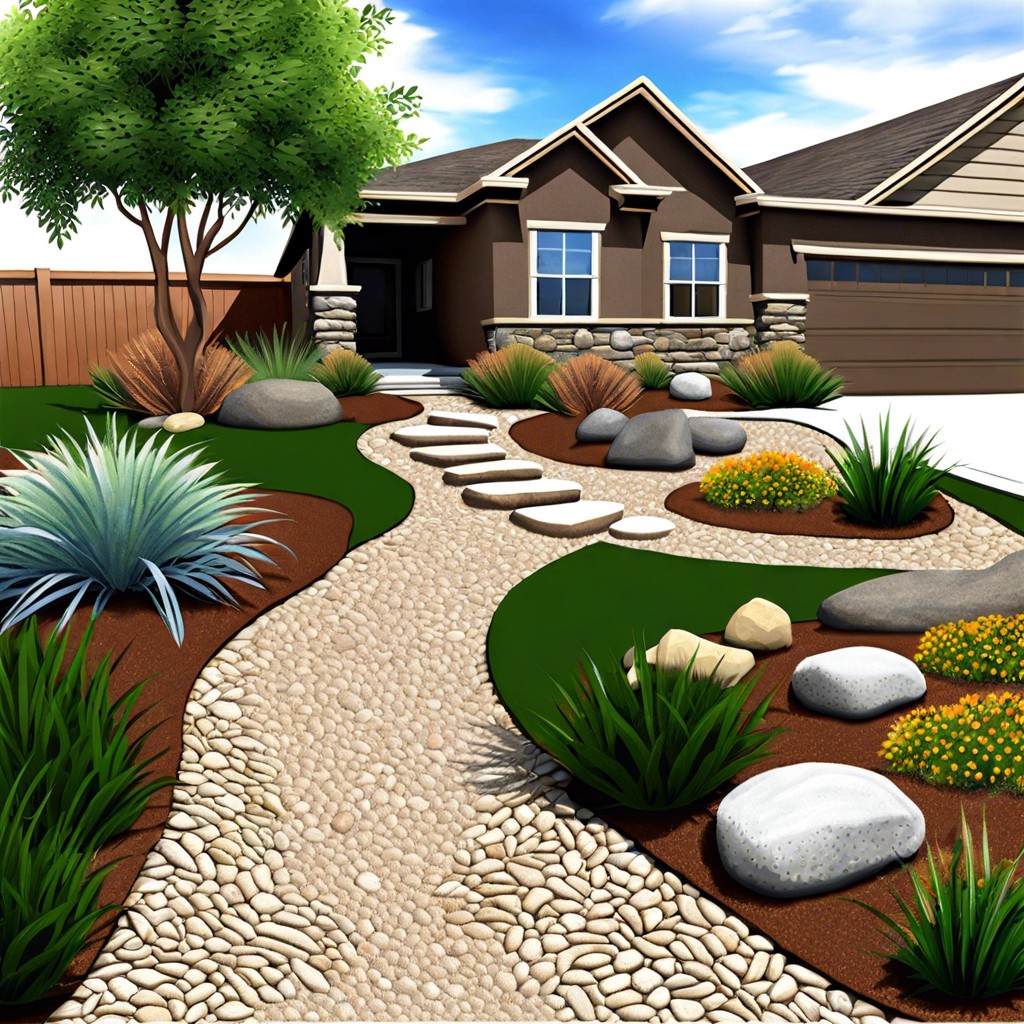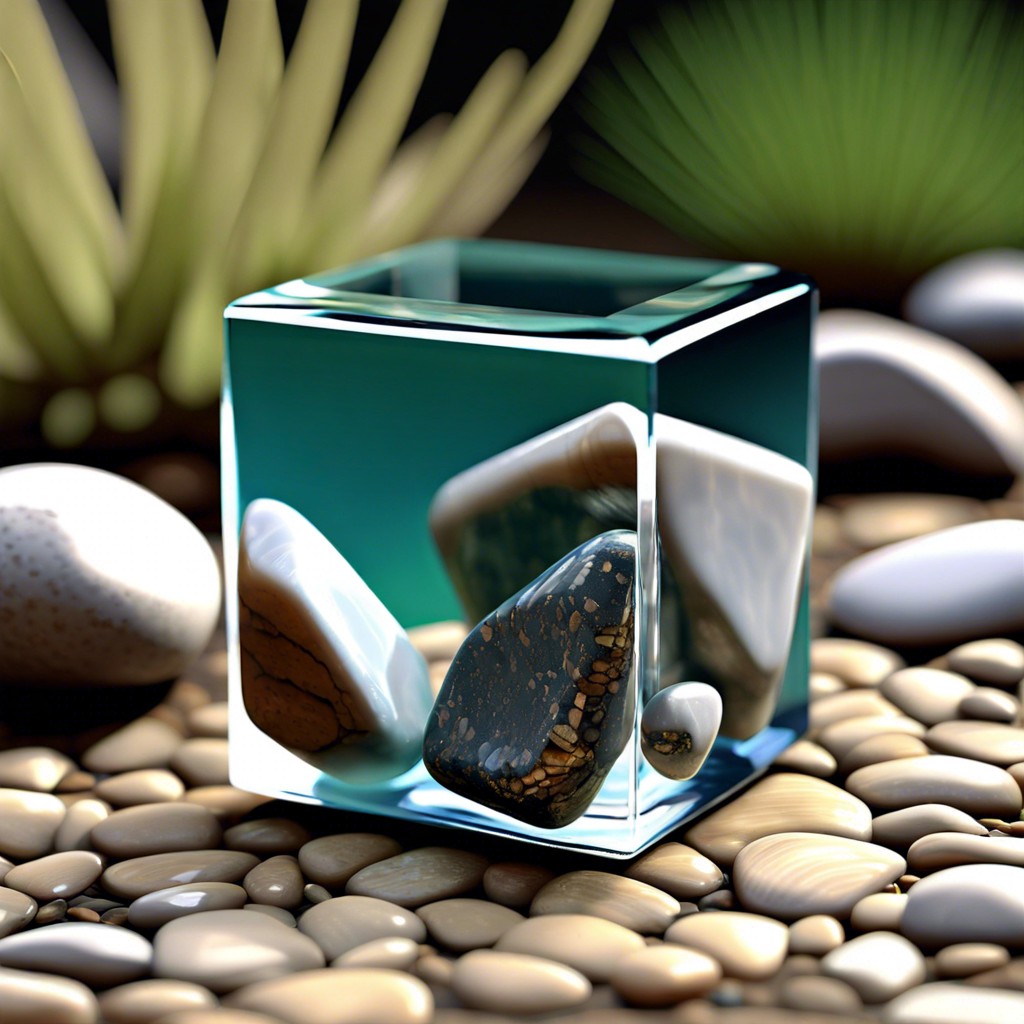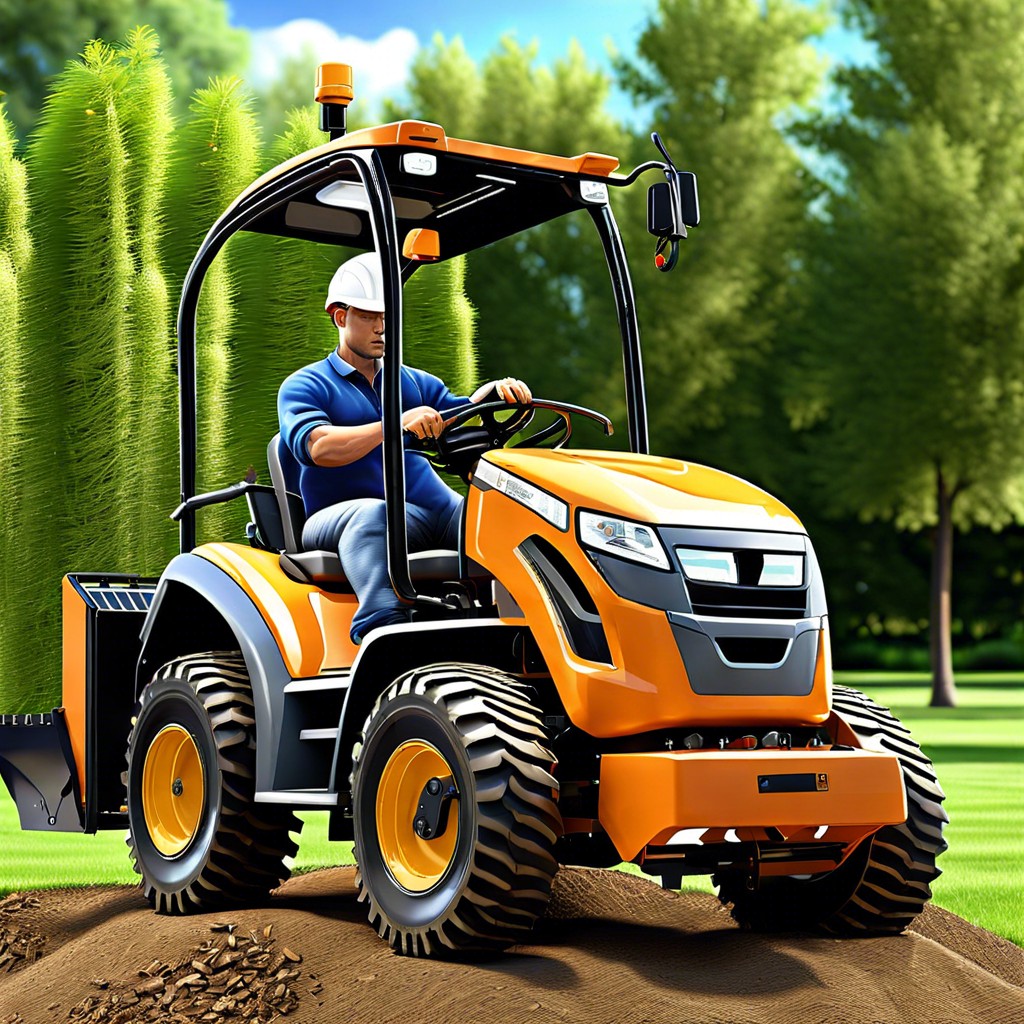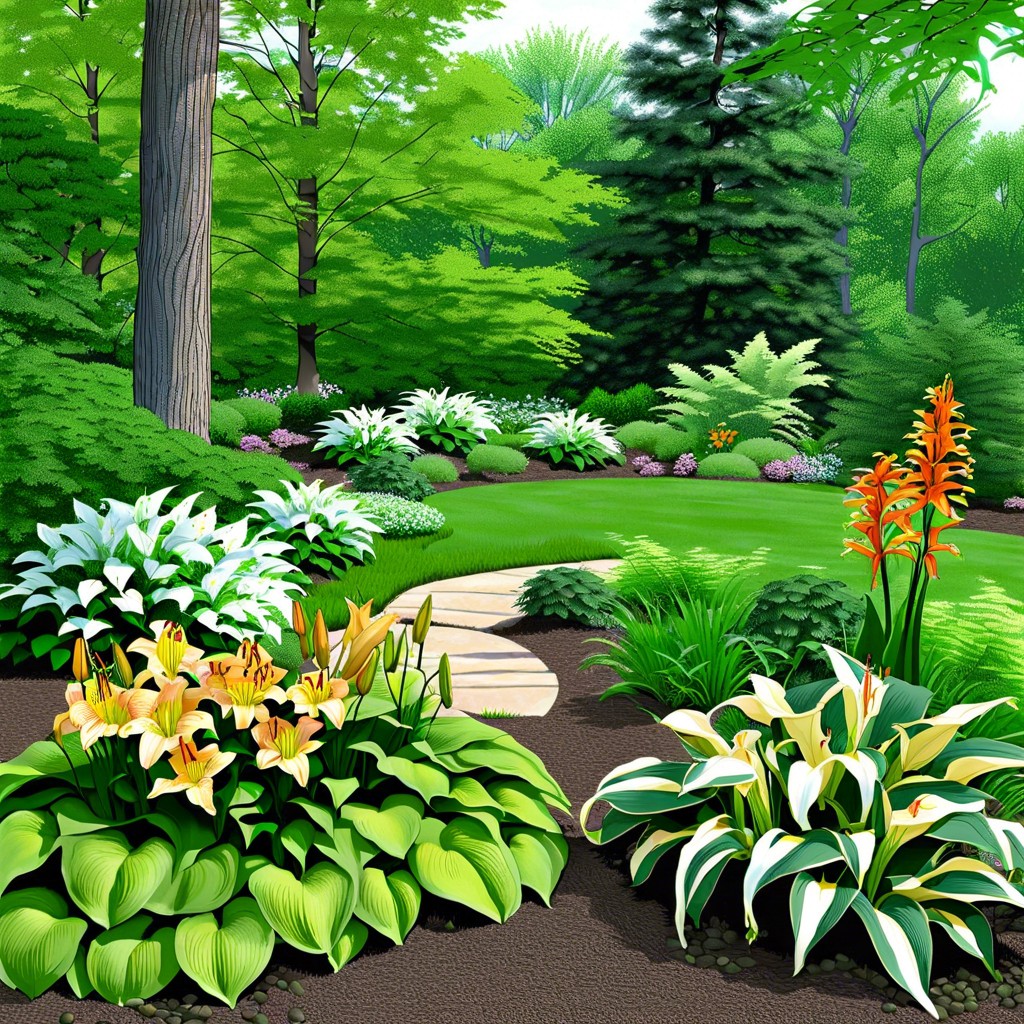Welcome to our practical guide on creating a dry river bed landscape in your front yard, where you’ll learn step-by-step how to transform your outdoor space into a beautiful and low-maintenance feature.
Key takeaways:
- Consider the natural topography and scale of your yard for placement.
- Use a variety of stones and gravel for an authentic look.
- Clear the space and create a solid base before construction.
- Benefits include drainage, low maintenance, and attracting wildlife.
- Cost considerations include materials, DIY versus hiring professionals, and long-term durability.
Planning Your Front Yard Dry River Bed

When envisioning your front yard transformation, start by determining the best location for your dry river bed. Ideally, it should follow the natural topography of your land, meandering in curves rather than a straight line, to mimic a natural stream. Consider areas where rainwater typically flows or accumulates, as your dry river bed can double as a functional drainage solution.
Next, think about the scale in relation to your yard’s size. Larger yards can accommodate wider and longer river beds, while smaller spaces may benefit from a narrower feature to avoid overwhelming the landscape.
Incorporate a variety of rock sizes for a more authentic look, graduating from larger stones along the edge to smaller pebbles toward the center. To add visual interest and encourage natural wildlife to visit, integrate native plants that thrive in dry conditions along the banks. These can help anchor the soil and prevent erosion.
Finally, before digging, check with local utilities to ensure you don’t disturb any underground lines. This critical step ensures that your project not only enhances the beauty of your property but does so safely.
Materials Needed for a Dry River Bed
Choosing the right materials is crucial for creating an appealing and lasting dry river bed. Typically, you’ll want a mix of stones and gravel with varying sizes and colors to mimic a natural river. Large boulders can mark the river’s edges and act as focal points, while smaller stones and pebbles fill in the space, giving the appearance of river sediments.
River rocks are a popular choice for their smooth edges and polished look, which resemble stones that have been weathered by moving water. Multi-colored pebbles add visual interest and can highlight the dry river bed amid your greenery. For a more textured appeal, crushed gravel or granite can be used, especially effective in areas where water runoff is more common, as they allow for better drainage.
Consider using landscape fabric underneath the stone layer to prevent weed growth, ensuring your dry river bed stays neat with minimal maintenance. It’s advisable to source materials from local suppliers to reduce costs and to ensure the stone types are harmonious with the local environment, enhancing the naturalistic design of your landscape.
To enhance the river’s authenticity, adding some appropriate plant life along the edges can simulate the flora found alongside rivers, such as ornamental grasses, ferns, or even moisture-loving plants if your dry river bed occasionally collects water.
Remember, unity and natural flow are key; the materials you choose should seamlessly integrate with the size and style of your yard, while also being practical for your climate and the level of upkeep you’re willing to commit to.
Preparation and Groundwork
Before diving into the construction of your dry river bed, taking the time to properly prepare the area is crucial. Start by sketching out your design on paper, considering the natural flow of water in your yard during heavy rains to inform your river bed path. Then:
- Measure and mark: Use landscape paint or hoses to outline the shape on the ground. This visual guide will help ensure that your river bed winds naturally and fits the scale of your front yard.
- Clear the space: Remove existing grass, plants, and debris where the river bed will lie. Aim for a clean slate to avoid unwanted growth later and to ensure a smooth base for your stones.
- Dig the trench: Your dry river bed should have slight depth variations to mimic a natural creek bed. Typically, digging 3 to 6 inches deep is sufficient, with the sides gently sloping towards the center.
- Add a weed barrier: To prevent weeds from sprouting between your rocks, lay landscaping fabric along the trench. Overlap the edges by several inches to create a continuous barrier.
- Create a solid base: Depending on the weight of the rocks you’ll be using, a layer of sand or gravel at the bottom of the trench can provide stability and aid in drainage.
Taking these steps lays a strong foundation for your dry river bed, ensuring that it not only looks attractive but also remains low maintenance and functional for years to come.
Benefits of a Dry River Bed
Adding a dry river bed to your front yard isn’t just about aesthetics; it serves several practical purposes as well. First, it can effectively handle drainage issues, guiding rainwater away from your home and plants that might not thrive in overly wet conditions. It’s also a low-maintenance option, rarely requiring the care that living plants do.
This landscaping feature can attract local wildlife, like birds and butterflies, offering them a habitat and contributing to biodiversity. Moreover, a dry river bed reduces the need for irrigation, saving water and making it an eco-friendly choice.
In terms of design, a dry river bed offers a unique, natural look that can complement a variety of architectural styles. It can be a focal point or a subtle addition to your existing landscape. The use of rocks and gravel can also suppress weeds, reducing the need for chemical herbicides.
By incorporating a dry river bed, you’re investing in both the functionality and beauty of your outdoor space, creating an enjoyable and responsible landscape that stands out in your neighborhood.
Cost Considerations
Implementing a dry river bed into your landscape design is not only visually appealing, but it can also be cost-effective, depending on your choice of materials and the scale of your project. To keep your budget in check, consider the following:
Start by assessing the size and scope of your river bed. Larger areas will require more materials and possibly professional help, which will increase the cost.
Choosing local materials can save money and often look more natural in the setting. Visit local quarries or landscape suppliers to source stones and gravel that are readily available in your region.
Consider the use of various sizes of stone and gravel to create a more authentic look. While larger boulders may be more expensive, you can balance the design with smaller, less costly pebbles.
DIY versus hiring professionals: If you have the time and physical ability, doing the work yourself can save a significant amount of money. However, if complex grading or heavy lifting is needed, hiring a professional might avoid costly mistakes.
Maintenance costs are typically low for dry river beds, but this should also factor into your initial budget. This includes occasional weeding and replenishing stones that may have shifted over time.
Think long-term. While it may be tempting to go for cheaper materials, investing in quality stones will ensure your dry river bed withstands the test of time and weather, avoiding replacement costs.
By understooding the potential expenses from the start, you can create a stunning dry river bed that complements your home without breaking the bank.




